The role of probiotics, prebiotics, & synbiotics in gut health of dogs & cats
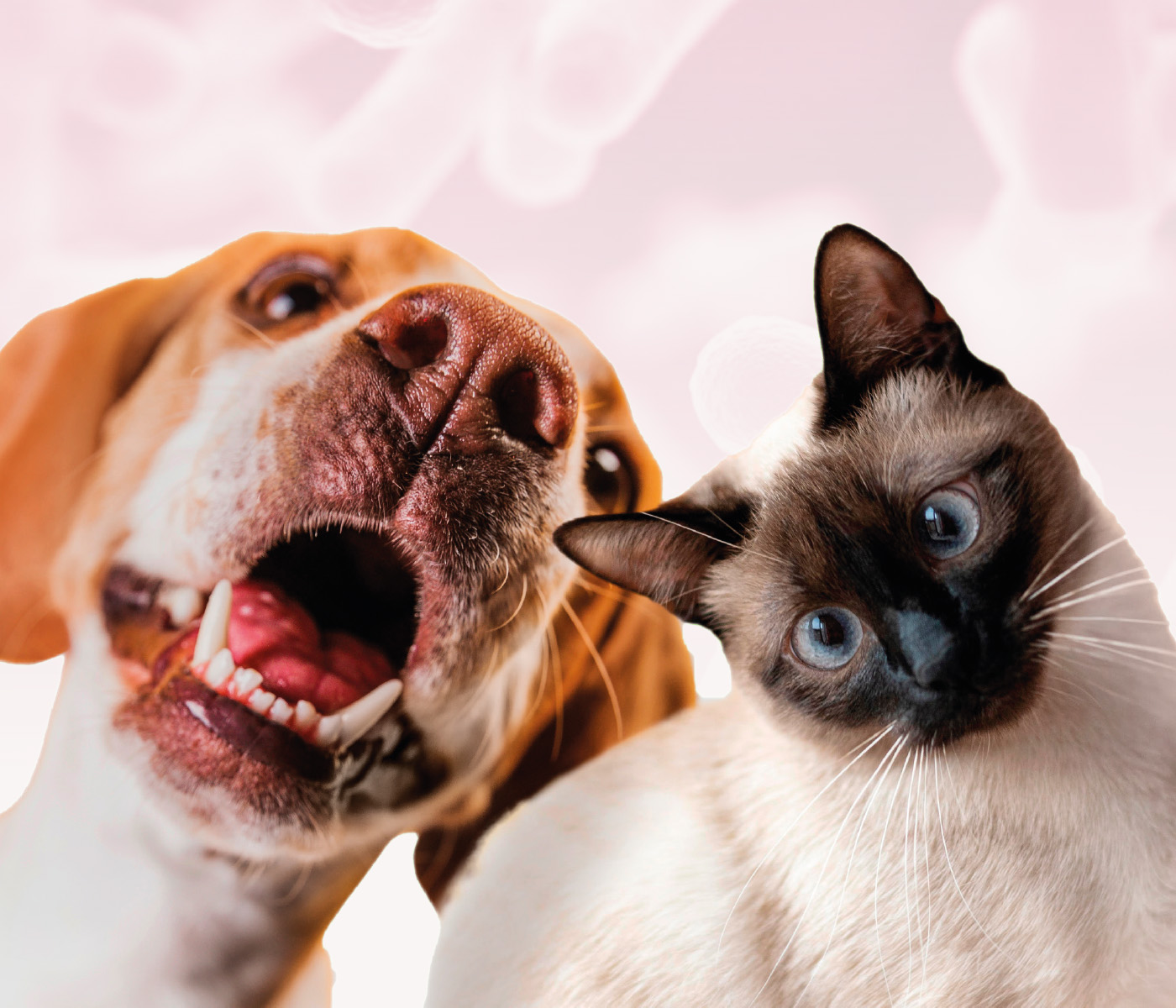 24 Aug 2025
24 Aug 2025
The role of probiotics, prebiotics, & synbiotics in gut health of dogs & cats

Part of the solution for maintaining eubiosis has been through a better understanding of the effects of macro ingredients and additives on modulating the gut microbiota of dogs and cats.
Among these additives, the “biotics” — probiotics, prebiotics, synbiotics, and postbiotics (Table 1) — have shown promising results in modulating the gut microbiota and improving animal health (McDonald et al., 2002; Gibson et al., 2017; Stavropoulou & Bezirtzoglou, 2020; Bastos et al., 2023).
The role of “biotics” in pet nutrition: what does the research indicate?
Among microbial-derived metabolites, SCFAs stand out for their importance in intestinal function, as they stabilize pH and regulate peristalsis.
They also reduce inflammation by inhibiting the production of pro-inflammatory cytokines and increasing the population of regulatory T cells, which are essential for the immune system (Hemarajata & Versalovic, 2013).
Additionally, “biotics” can help regulate bile acid metabolism by promoting the growth of beneficial bacteria, such as Clostridium hiranonis (Hemarajata & Versalovic, 2013).
C. hiranonis promotes the deconjugation of bile acids through bile salt hydrolase (BSH) enzymes, which remove conjugated groups, allowing these acids to be reused or excreted (Gilliland & Speck, 1977).
Additionally, the stimulation of SCFA production, such as butyrate, plays an anti-inflammatory role and helps maintain intestinal mucosal integrity. SCFAs also help balance bile acid levels, preventing them from reaching toxic concentrations, thereby protecting the intestinal mucosa (Sivaprakasam et al., 2016; Tsai et al., 2019).
“Biotics” also contribute to the reduction of carcinogenic substances, decreasing the presence of harmful compounds in the gut, such as ammonia and p-cresol (Sivaprakasam et al., 2016; Bastos et al., 2023).
Furthermore, through modulation of the gut microbiota, they can influence energy metabolism and help reduce insulin resistance (Pagnini et al., 2010; Suchodolski, 2011; Gibson et al., 2017)
Future perspectives in the use of “biotics”
• Microbiome-based personalization: With advances in gut microbiome analysis, it is expected that “biotic” supplements can be tailored to each animal’s specific profile. Accurate microbiome-based diagnostics will enable the development of more effective treatments to balance the gut microbiota of dogs and cats individually, maximizing the benefits (Hemarajata & Versalovic, 2013).
• Development of new “biotic” formulations:Advances in biotechnology are driving the creation of more effective and stable “biotic” formulations, capable of withstanding adverse conditions such as heat and long-term storage. This includes more robust probiotic strains and the use of new prebiotic fibers with selective action on the growth of beneficial microorganisms (Sivaprakasam et al., 2016; Maturana et al., 2023).
•Use of postbiotics as an alternative to antibiotics: Since postbiotics are derived from microbial fermentation, they have shown potential as anti-inflammatory and antimicrobial agents. In the near future, they may be increasingly used as a natural alternative to antibiotics, especially for treating intestinal infections and preventing the development of antimicrobial resistance (Harris et al., 2017; Asif et al., 2023).
• Intergration with funtional nutrition: The growing trend of functional pet foods may incorporate “biotics” to support gut health, immunity, and longevity. The development of specialized diets enriched with synbiotics and postbiotics is a promising area to improve the overall well-being of pets (Flesch et al., 2014; Barko et al., 2018).
• Aplicações em condições crônicas: Pesquisas futuras podem se concentrar no papel dos bióticos na prevenção e tratamento de doenças crônicas, como a obesidade, diabetes e enteropatias crônicas. O uso contínuo de simbióticos pode ajudar no manejo dessas condições, controlando a inflamação e melhorando a resposta imunológica (Pagnini et al., 2010).
• Regulation and standardization of products: As “biotics” gain popularity, greater regulation and standardization are likely to emerge regarding dosages and efficacy, ensuring that market-available products deliver consistent and scientifically proven results (Stavropoulou & Bezirtzoglou, 2020).

Final considerations
The incorporation of “biotics” into the diet of dogs and cats has the potential to support gut microbiome balance and improve intestinal health.
Probiotics, prebiotics, synbiotics, and postbiotics offer a wide range of potential benefits that may go beyond gut health, contributing to the prevention of chronic diseases and enhancing pets’ quality of life..
However, it is important for manufacturers to ensure the viability of probiotics and to gain a better understanding of the mechanisms of action of postbiotics, as well as the interaction of prebiotics with diet formulations for dogs and cats.
References available upon request to the aauthor
Subscribe now to the technical magazine of animal nutrition
AUTHORS
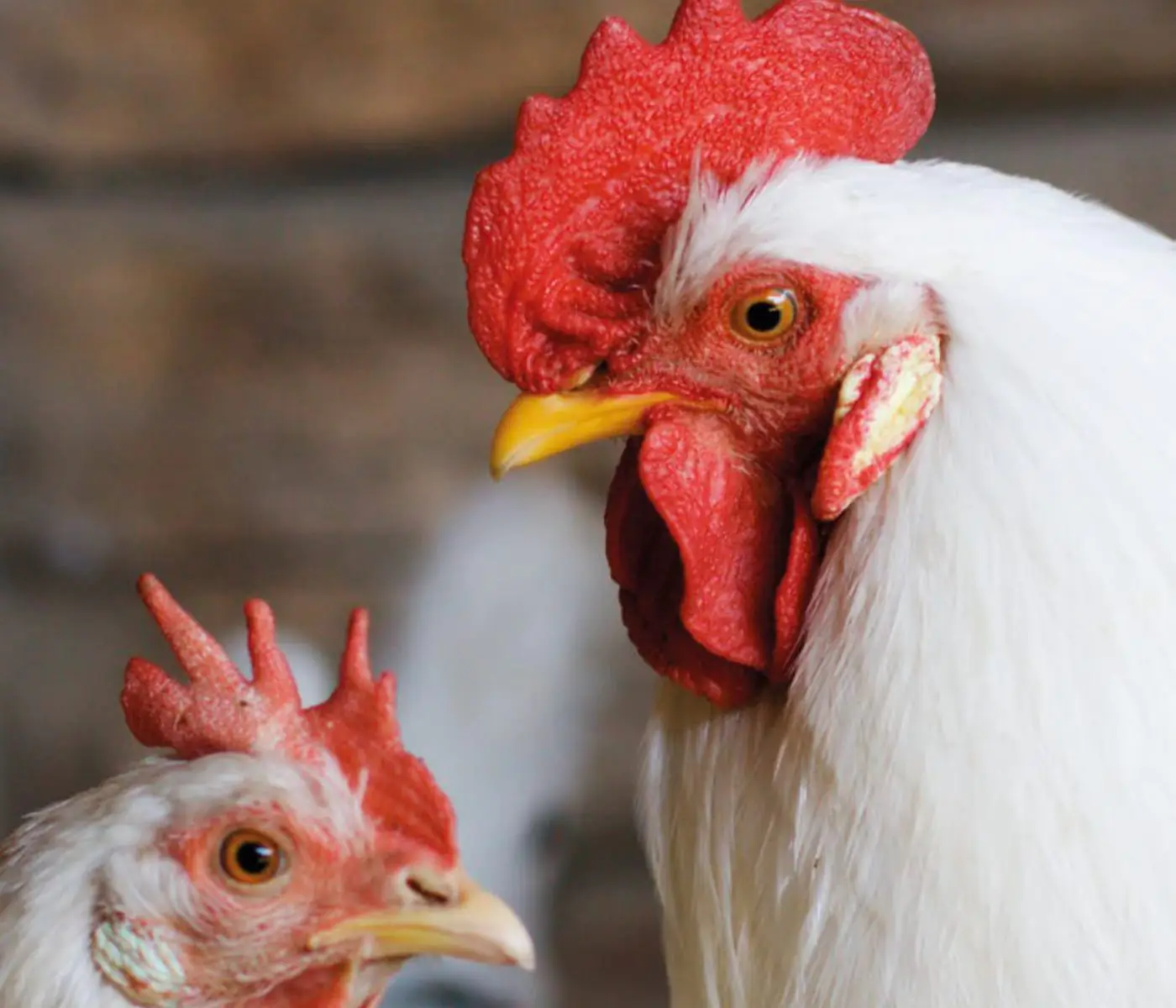
Nutritional Interventions to Improve Fertility in Male Broiler Breeders
Edgar Oviedo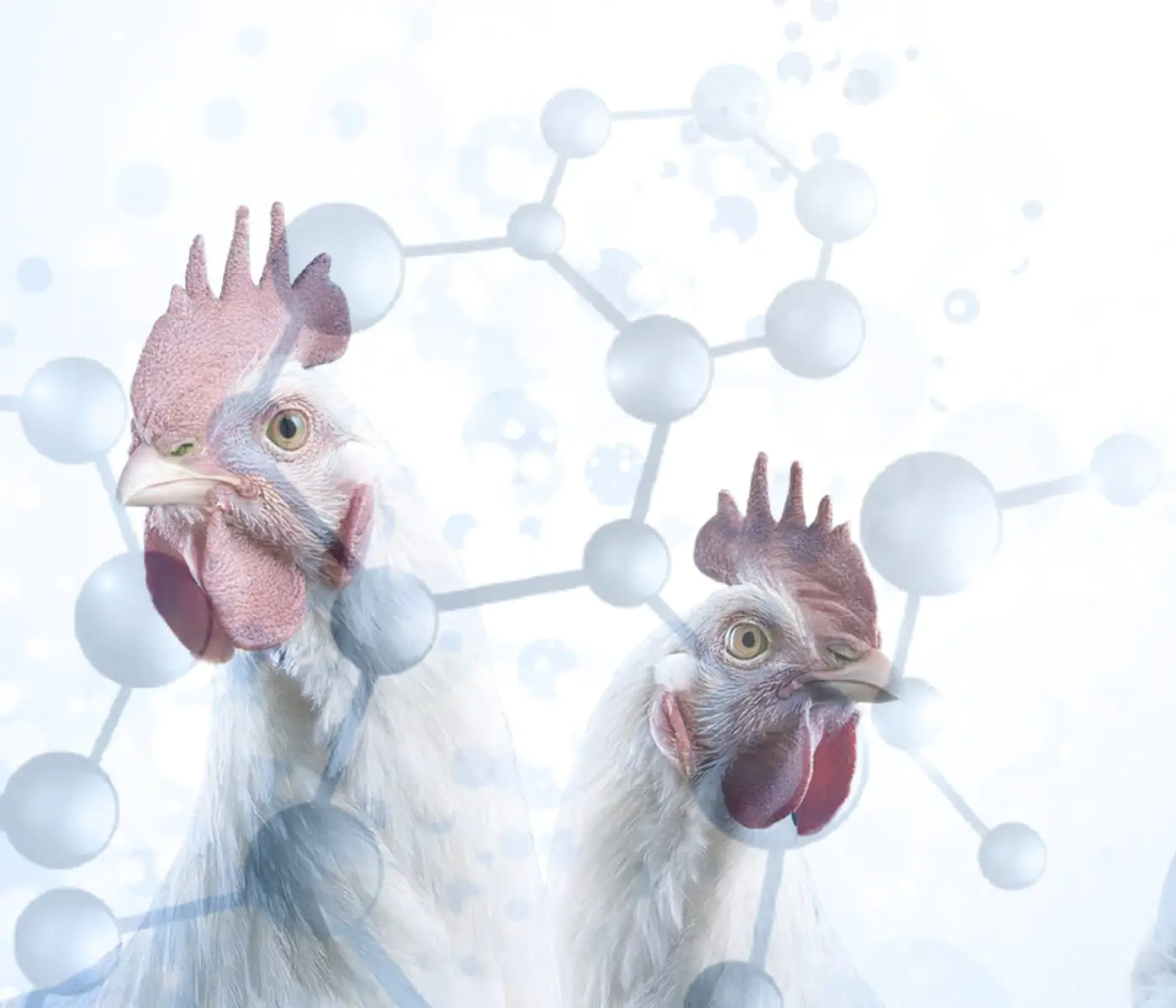
The Use of Organic Acids in Poultry: A Natural Path to Health and Productivity
M. Naeem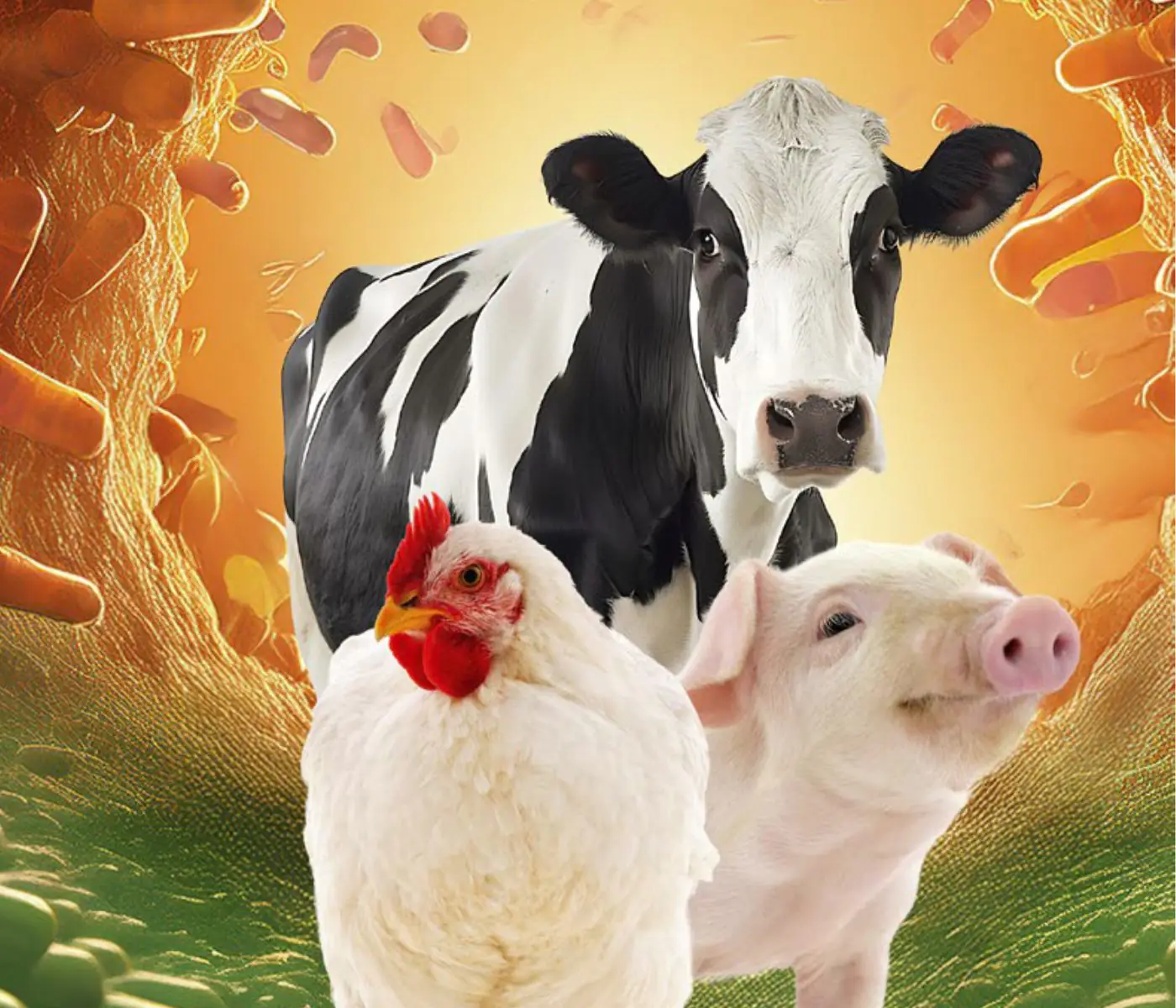
Synergistic Benefits of Prebiotics and Probiotics in Poultry, Swine, and Cattle
Gustavo Adolfo Quintana-Ospina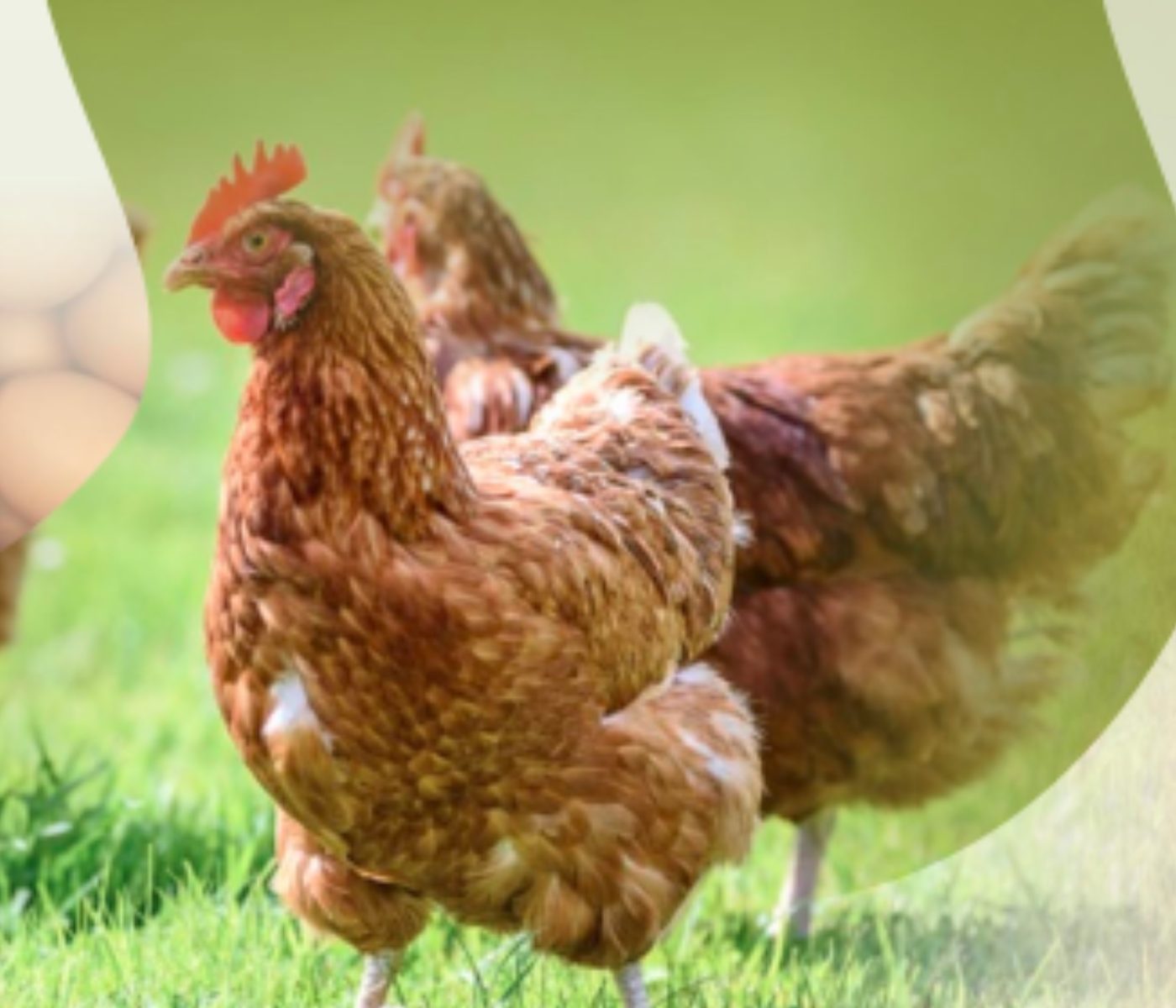
Hybrid Rye Potential in Laying Hen Feed Rations
Gwendolyn Jones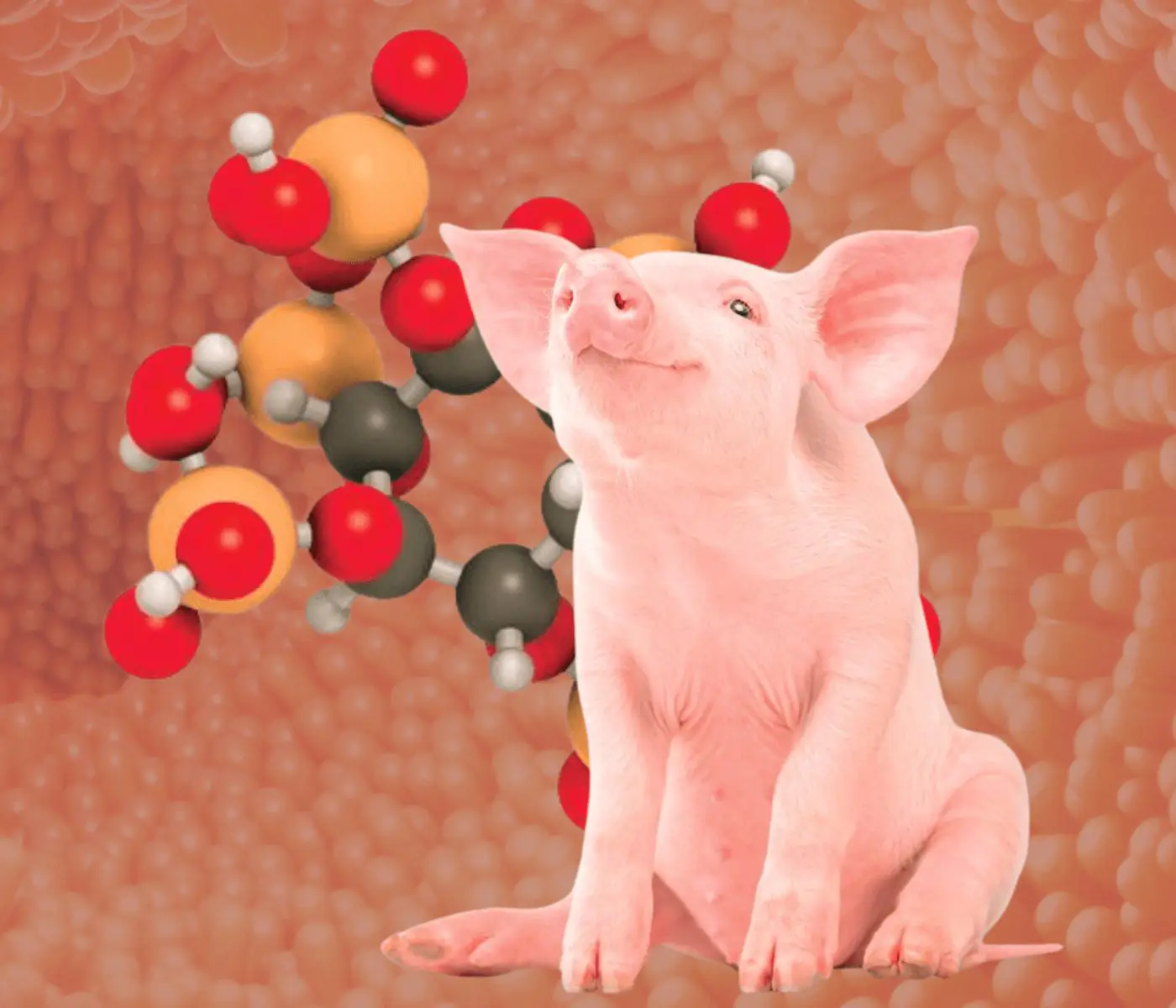
A day in the life of phosphorus in pigs: Part I
Rafael Duran Giménez-Rico
Use of enzymes in diets for ruminants
Braulio de la Calle Campos
Minerals and Hoof Health in the Pregnant Sow
Juan Gabriel Espino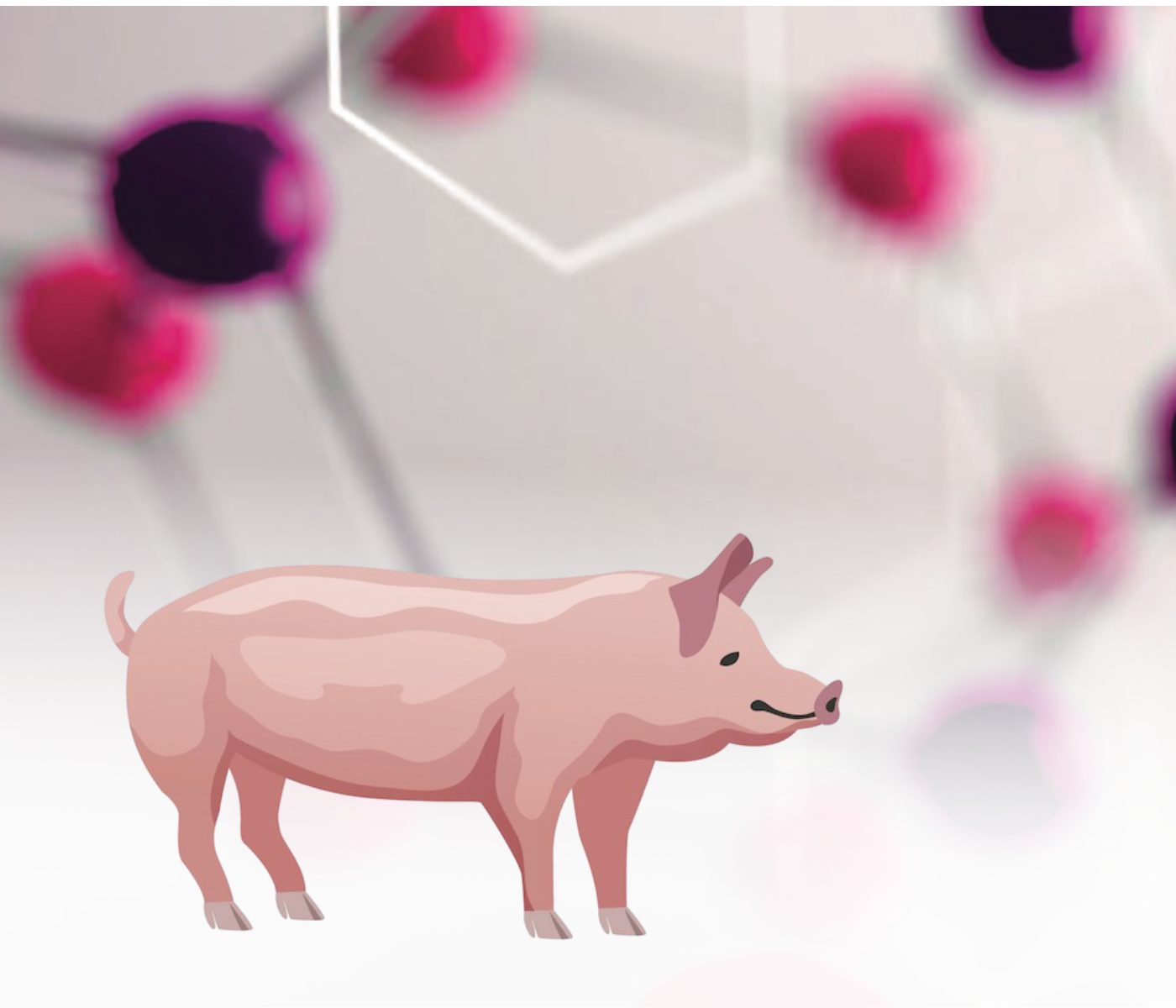
Impact of Oxidized Fats on Swine Reproduction and Offspring
Maria Alejandra Perez Alvarado